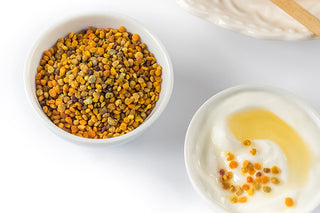Abstract:
Spike glycoprotein on the surface of the SARS-CoV-2 is a class I fusion protein that plays a role in the initial attachment of the virus to the human ACE-II receptor. ACE-II has been implicated in the regulation of heart function and also as a functional receptor for the coronavirus that causes the severe acute respiratory syndrome (SARS). In the present study, a molecular docking study was performed using eleven flavonoids present in Cistus bee pollen against the CoV-2 Spike RBD/ACE-II complex and compared their affinity with the FDA approved drug hydroxychloroquine (HCQ). Binding constants of eleven flavonoids, catechin, pinocembrin, chrysin, caffeic acid phenethyl ester, p-OH Benzoic acid, syringic acid, t-cinnamic acid, p-Coumaric acid, rutin, ferulic acid and gallic acid were measured using the AutoDock 4.2 molecular docking software. Also, these binding constants were then compared to the reference molecule of hydroxychloroquine. According to docking analysis, the results showed us that catechin has the best inhibiton potential among the all analyzed molecules with the high binding energy (-7.77 kcal/mol) and the lowest Ki (2.03 μM) and it is followed by pinocembrin, chrysin, caffeic acid phenethyl ester, respectively. Besides, the reference molecule hydroxychloroquine has binding energy of -7.53 kcal/mol and 3.04 μM. Consequently, high potential of flavonoids in extracts of Cistus bee pollen to interact with CoV-2 Spike RBD/ACE-II complex indicates that this natural product has high potential for Covid-19 treatment, but this needs to be supported by further studies.
Keywords: Covid-19, Cistus (Cistus L.) Bee Pollen, flavonoids, CoV-2 Spike RBD/ACE-II, molecular docking
Read More: https://dergipark.org.tr/en/pub/jan/issue/57137/762734

